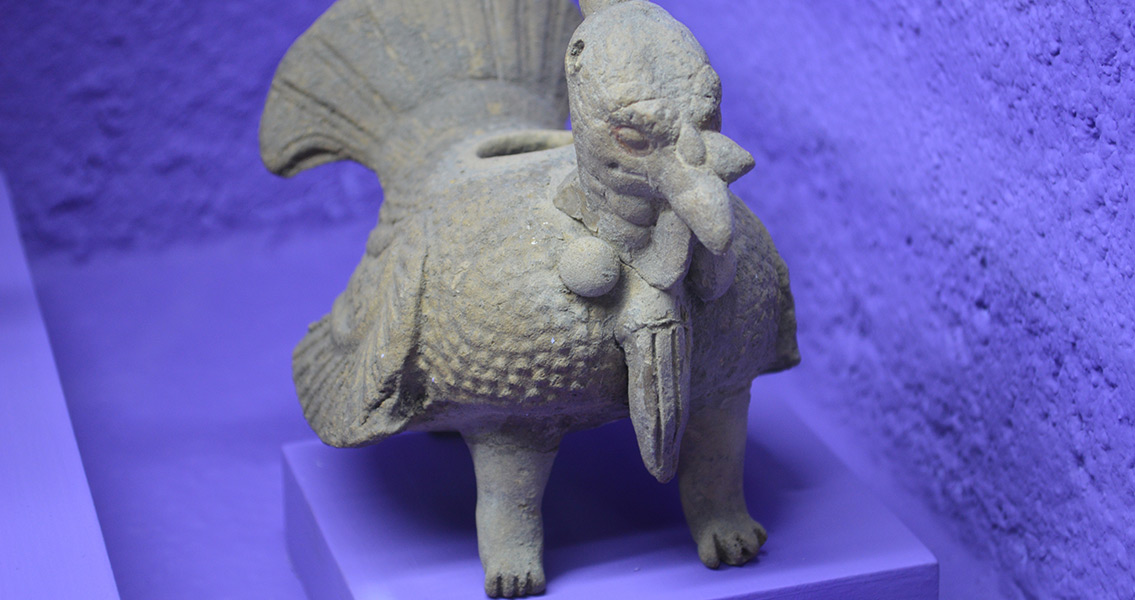<![CDATA[The American tradition of Thanksgiving has turned turkeys into a booming business – but the domestication of the classic holiday bird has much, much deeper roots, new research says. According to a recent article on Phys.Org, a new research paper has revealed that domesticated turkey eggs have been found in Oaxaca, Mexico dating to the fifth-sixth century CE. The 1,500-year-old eggs are the oldest evidence of turkey domestication to be found in the Americas, according to Field Museum archaeologist Gary Feinman, one of the authors of the paper. Before this, educated guesses had been made concerning turkey domestication based solely on the presence of turkey bones – or their absence – at other archaeological sites, Feinman remarked. However, this new discovery is the first strong evidence of domestication, and the archaeologist states that it’s being used to confirm prior hypotheses. The eggs were found in a region of Oaxaca that is known to have been the territory of the Zapotec, a native population that has had ties to the land for millennia. The find was quite unexpected, Feinman said, adding that discovering an entire clutch of intact eggs is exceedingly rare. Thanks to the expertise of Feinman’s colleague, University of North Carolina-Chapel Hill archaeologist Heather Lapham, the eggs were identified immediately as turkey eggs. They were found next to the remains of seven newly-hatched turkey chicks, possibly as an offering, explained the researcher. Analysis of the shells via scanning electron microscope verified Lapham’s positive identification. Feinman says that it’s clear these turkeys were domesticated, based on the entire clutch of unhatched eggs as well as the other turkey bones found at the excavation. The discovery aids in confirming historical information regarding the Zapotec and how they made use of turkeys in the past. There are Zapotec people still living in Oaxaca today, and the domesticated turkey is still very much a part of their culture. Feinman pointed out that the birds are raised as poultry, used in rituals and given as gifts; food items prepared for religious festivals, weddings, baptisms and birthdays all feature turkey heavily. The story of Mesoamerican animal domestication has been filled in by a significant extent thanks to the new discovery. While the Eurasian continent features a high number of domesticated animals, few such examples are present in Oaxaca and beyond. The only domestic meat sources available in Oaxaca 1,500 years in the past would have been dogs and turkeys, Feinman said, unlike the variety of meat sources available to Eurasian inhabitants. Today, this has changed dramatically thanks to the Spanish bringing over animals such as pigs, cattle and chickens during their colonization of the region. However, the turkey, with its strong roots in Zapotec culture, is still highly significant in the area both ritually and economically. The modern domesticated turkeys of Oaxaca are not so different from those that would have been present in the original American colonies during the time of the first Thanksgiving, nor are they too dissimilar to the domesticated turkeys bred in North America today, Feinman remarked. The research study, which appears in The Journal of Archaeological Science: Reports, is available here]]>
Domesticated Turkeys Much, Much Older than Thanksgiving
